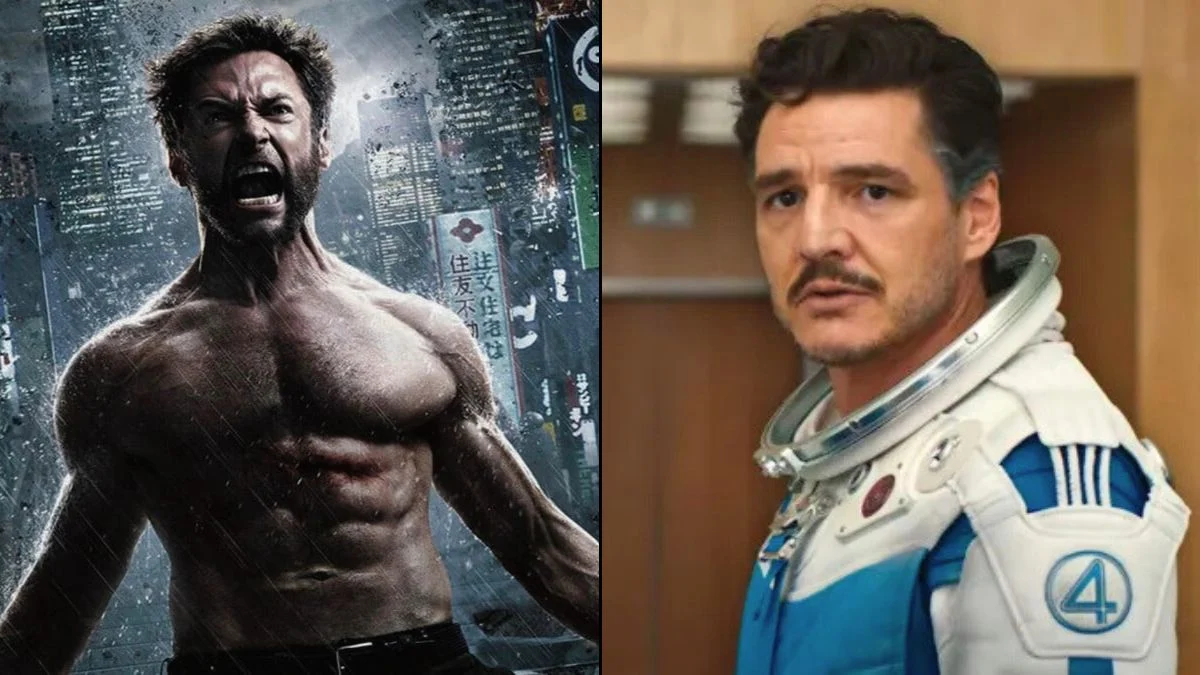
It’s not uncommon for heroes to unexpectedly become villains, surprising both those around them and the audience. Marvel stories often explore how things like great power, intense sadness, manipulation, and difficult decisions can corrupt even the most reliable heroes, turning them into threats.
These aren’t simple mistakes; when Marvel heroes turn against their allies, it has huge consequences. These betrayals can change teams, rewrite history, and even make other heroes question their beliefs. Here are fifteen instances of Marvel superheroes becoming the villains they once fought against.
Jean Grey
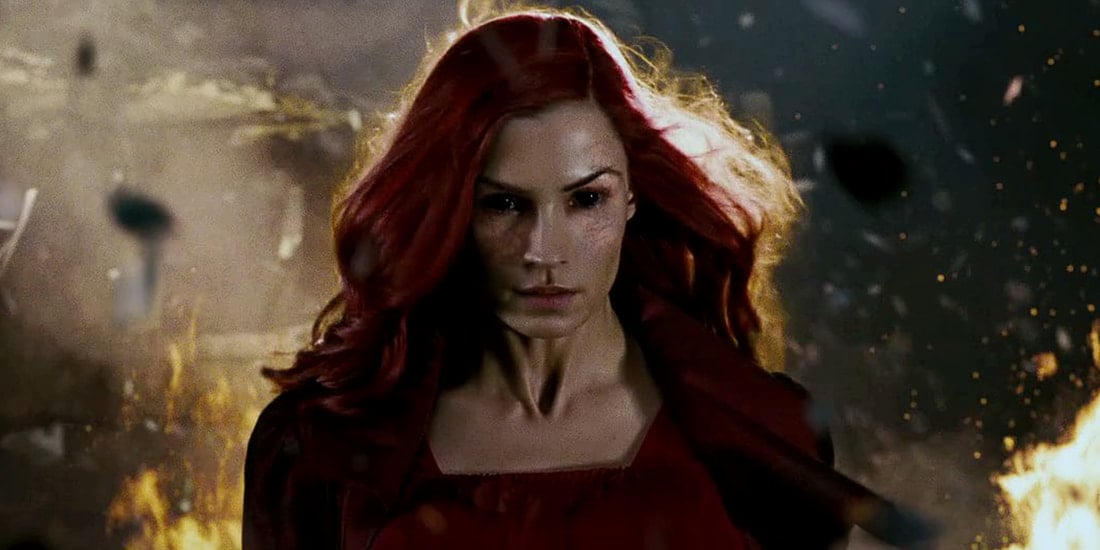
Jean Grey’s connection to the Phoenix Force dramatically increased her powers, but eventually became too much to handle, leading to a desire for intense experiences and dominance. As the Dark Phoenix, she destroyed the D’Bari star and its entire planetary system, which caught the attention of the powerful Shi’ar Empire. This sparked a conflict involving the X-Men and several other alien groups.
I’ll never forget how everything changed. It all came down to a trial, a desperate fight for Jean’s life, and a heartbreaking decision that completely reshaped the future of the X-Men. Seeing Jean take control – and what happened afterward – opened the door to incredible new alliances across the stars, and it made it terrifyingly clear that the Phoenix Force would always be a threat. It’s a power linked to life and death, to rebirth and destruction, and it feels like we’re always walking a tightrope because of it.
Captain America
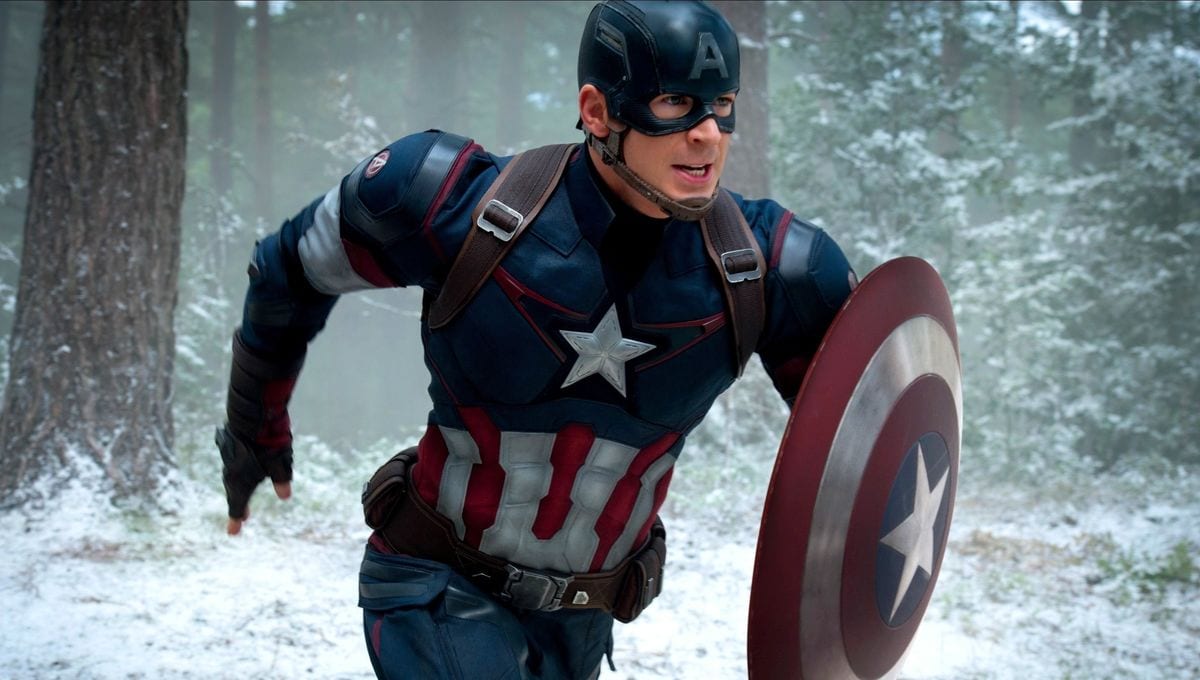
A powerful, living artifact called Kobik changed reality, creating a version of Steve Rogers who had secretly been a Hydra agent his entire life. As the leader of Hydra, he orchestrated a plan to take control, imprisoning heroes, dividing teams, and surrounding Earth with a shield, effectively isolating the planet during the Chitauri invasion.
Working in secret, the resistance gathered pieces of the Cube and brought back the original Steve Rogers, who then faced and overcame his evil doppelganger created by Hydra. This led to investigations, a loss of public trust, and significant shifts in leadership within various organizations and superhero teams.
Scarlet Witch

As a huge Marvel fan, it’s always been heartbreaking to revisit what happened with Wanda after the events leading up to ‘Avengers Disassembled.’ The sheer weight of her grief, combined with her incredibly powerful reality-warping abilities, just overwhelmed her. It wasn’t intentional, but her altered memories and the chaotic magic she unleashed caused some terrible accidents, ultimately leading to the Avengers falling apart and a serious look at how magic was being handled within the superhero community. It was a really dark time, and honestly, still gets me thinking about the consequences of unchecked power and immense loss.
When she later created an altered reality during the House of M event, it dramatically changed life for both mutants and humans. However, this change didn’t last, and a massive event reversed most mutant powers. This led to new magical protections being put in place, increased surveillance of those who can warp reality, and continuing discussions about how to hold powerful heroes accountable when their abilities can fundamentally change the world.
Daredevil

As a longtime Daredevil fan, I always found his storyline with the Hand fascinating. After years of fighting them, he made this really bold – and ultimately tragic – decision to try and *change* the Hand from the inside. It didn’t go well, obviously. All that mystical power and corruption seeped into him, and he ended up building this fortress called Shadowland right in Hell’s Kitchen. It completely changed him, and he started dealing out some seriously harsh, even deadly, justice to anyone who crossed him – rivals, criminals, everyone. It was a dark turn for the character, to say the least.
Local heroes teamed up to help Matt overcome a dangerous influence, while his friends searched for a way to break him free. The destruction of Shadowland resulted in heroes seeking redemption, shifts within New York’s network of vigilantes, and a growing awareness of how mystical groups can manipulate even the most dedicated heroes.
Angel
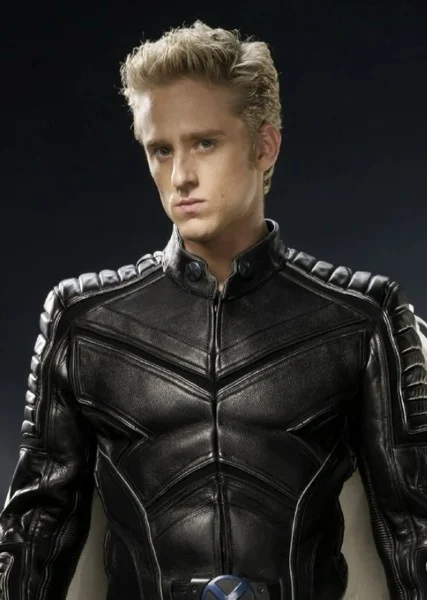
Warren Worthington, once known for his angelic wings, fell from grace and lost his sense of purpose, making him susceptible to a dangerous deal with Apocalypse. Apocalypse restored his wings, but turned them to metal and manipulated his mind, transforming him into the deadly Archangel. As one of Apocalypse’s Horsemen, Archangel carried out missions involving precise attacks and attempts to drastically reduce populations.
Though teammates helped him overcome the initial mental conditioning, the ‘Archangel’ personality remained, acting as a distinct and unpredictable part of his mind. As a result, mutant communities developed programs to deal with fragmented identities, contain powerful celestial technology, and protect against Apocalypse choosing new members for his Horsemen.
The Sentry
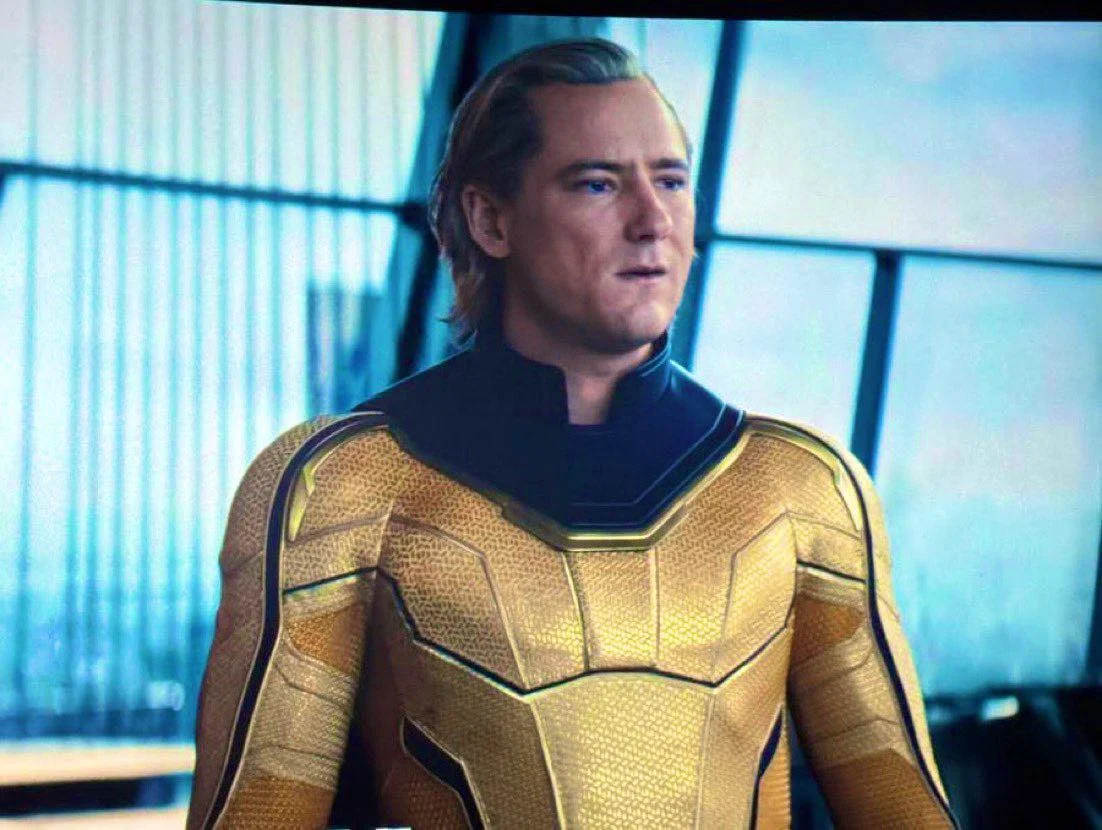
Robert Reynolds struggled with a dual existence, being both a supremely powerful hero and a destructive alter ego known as the Void. When manipulated and driven by fear, the Void took control, causing widespread harm, breaking apart his fellow heroes, and threatening the safety of the entire world.
Attempts to calm Reynolds involved everything from altering his memories to strict isolation procedures and specially built facilities meant for dealing with unusual dangers. Each time these efforts failed, it forced changes in how different government agencies worked together, how emergency teams responded to crises, and what rules were considered ethical when dealing with powered individuals who couldn’t be stopped through normal methods.
Cyclops

When a battle erupted over Hope Summers and the return of the Phoenix Force, Scott Summers became one of the Phoenix Five, receiving incredible power and becoming intensely focused on a single goal. As the situation became more stressful, he took increasingly strict measures, including arresting those who disagreed with him and controlling energy and land use.
A sudden power surge killed Charles Xavier following a conflict that fractured relationships and changed how mutants were led. After his death, new schools and groups formed, each with different ideas about how to govern, share resources, and use power within society.
Hulk

Bruce Banner’s future self became the Maestro, a ruthless dictator. He possessed the Hulk’s incredible strength combined with Banner’s full intelligence. After devastating nuclear wars, the Maestro seized control, defeated his enemies, and ruled by inspiring both fear and a practical rebuilding effort, carefully managing limited resources.
Meetings with people from different timelines showed how dangerous it could be to change the past, potentially creating alternate and unwanted futures. This led to the development of safety measures – including ways to track and limit time travel, and groups to consider the moral implications of altering events – all in an effort to prevent a future where a powerful villain known as the Maestro takes control of Earth.
Iron Man
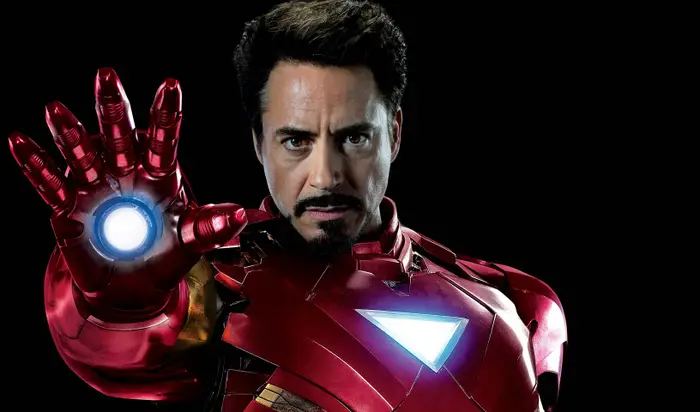
Okay, so picture this: something seriously messed with Tony Stark’s head, flipping his usual heroic code. He became this… well, let’s just say he stopped caring about doing the *right* thing and started focusing on power and making a buck. As ‘Superior Iron Man,’ he basically turned his Extremis tech into a paid service for the whole city, and if you didn’t sign up, he’d enforce the rules with these armored drones. It was a really dark turn for the character, honestly.
As a critic, I’ve seen the fallout from this ‘inversion’ incident play out in real time, and it’s been fascinating – and a little scary. The response wasn’t just one thing; it was a three-pronged attack. They went after the problem legally, with some seriously clever tech disruptions, and even tried to ‘deprogram’ those affected. The whole mess ultimately forced a much-needed overhaul of how we handle these powerful biometric upgrades. Now, Stark tech is under much stricter licensing control, and there’s finally an independent body keeping an eye on all this corporate hero technology – a change that, frankly, should have happened years ago.
Hank Pym
![]()
During a disastrous mission, Hank Pym repeatedly fought with Ultron and ultimately merged with the robot. This combination created a being with both Hank’s memories and Ultron’s cold, calculating intelligence. This allowed the merged entity to cleverly infiltrate groups and manipulate people Hank used to work with.
Honestly, the whole thing was wild. The teams went all-out with security – we’re talking multiple layers of logins, super-advanced firewalls based on quantum physics, and systems designed to spot if someone’s personality was being… copied, for lack of a better word. It ended up becoming a huge case study for figuring out if machines could actually *become* self-aware, what happens to a person’s identity if it’s messed with, and, crucially, when do you have to legally consider a hero completely compromised if their mind gets merged with something else. It really made you think.
Reed Richards
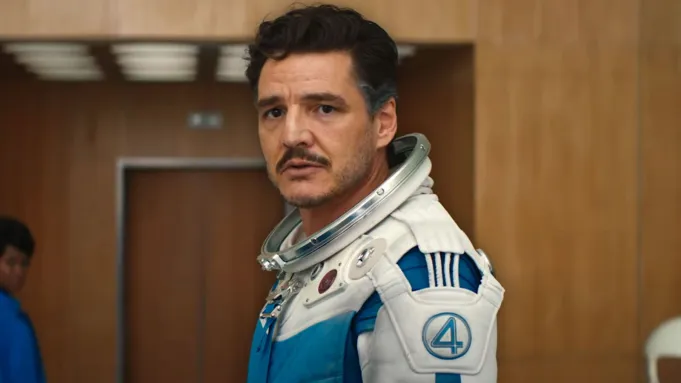
In another reality, Reed Richards initially fought for good, but after experiencing painful losses and becoming discouraged, he transformed into the Maker. As the Maker, he used incredibly advanced technology to alter entire civilizations, gather powerful allies, and launch experiments that spanned across different universes.
After universes began to crumble and disappear, the Maker not only survived but used the ability to travel between worlds to continue his work. Teams from different universes joined forces to find and understand his operations, charting his facilities and creating technology to defend against his ever-changing materials and mind-bending traps.
Wolverine

Logan’s ability to recover quickly made him a prime target for manipulation by the Hand and Hydra. They brainwashed him and used him to secretly kill people, attack his friends, and break into highly secure locations – places that ironically believed his healing ability would protect him from being controlled.
Turning things around needed both magical and high-tech solutions, plus follow-up missions to fix things and reset security everywhere. Organizations then improved their defenses against biological takeovers, added extra steps to ensure heroes had permission to act, and flagged certain healing abilities as potentially dangerous.
Professor X

I was absolutely fascinated to learn about Onslaught. It’s incredible—this being came about because of all the psychic energy building up after years of fighting between Professor X and Magneto. It wasn’t just a simple merging, though. Onslaught combined their powers – telepathy and magnetism – with a frightening level of intelligence. It wasn’t just raw power; this entity *planned* things, setting up defenses, manipulating others, and basically orchestrating events that put the whole world at risk. It was a truly terrifying combination of abilities and strategy.
The final outcome required significant effort from many groups and changed how people viewed threats involving telepathy. Protections for extremely powerful psychics were increased, with new measures like areas that block psychic powers, rules requiring permission before entering someone’s mind, and independent groups to oversee any mental interventions.
Bucky Barnes
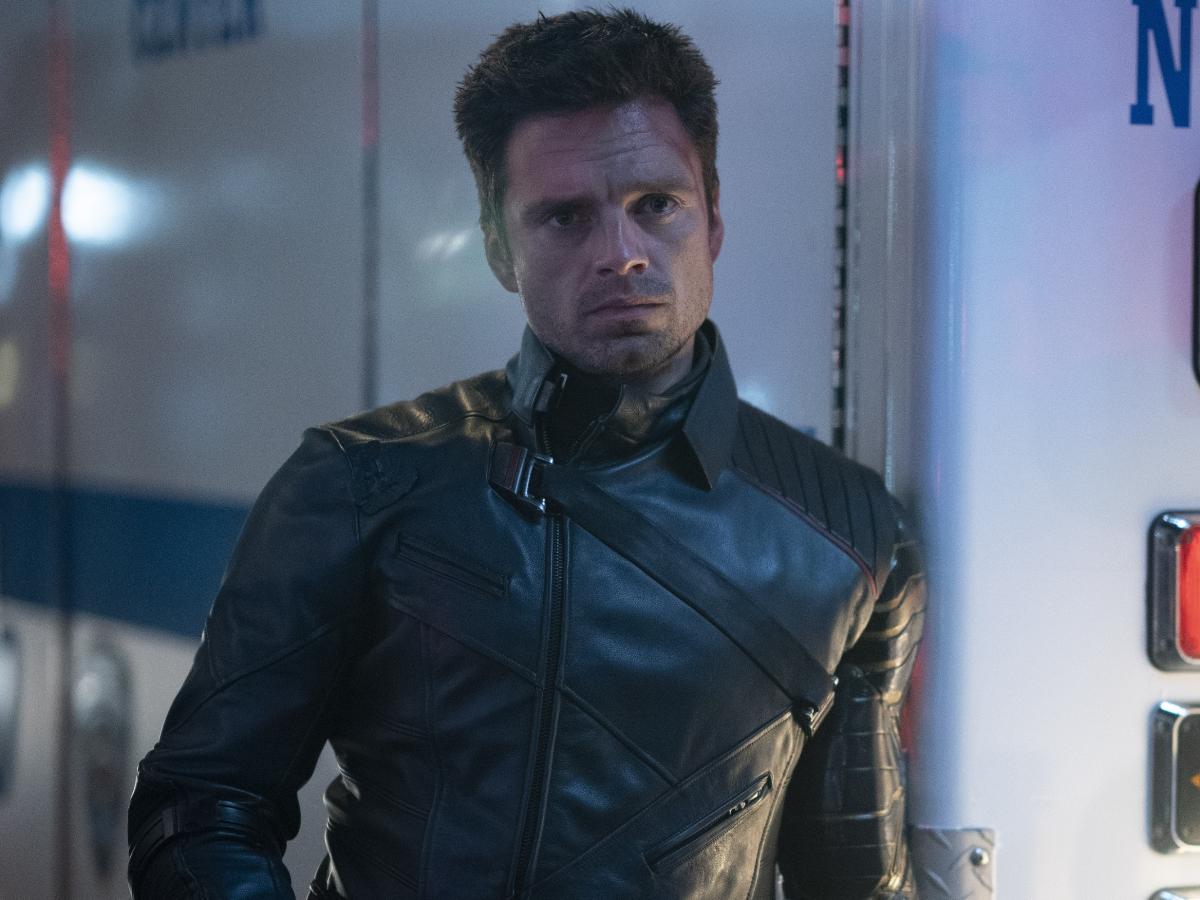
I’ve always been fascinated by the story of James Buchanan Barnes. Everyone thought he was gone, lost during the war, but he wasn’t. The Soviets found him and turned him into something else – the Winter Soldier. It’s incredible, and terrifying, to think he spent decades carrying out secret missions for them, kept in peak condition using this cryo-sleep technology. It completely hid how long he’d been involved in everything, making him the perfect deniable asset.
The deprogramming process revealed deeply embedded triggers, fabricated memories, and covert operations spanning the globe. This led to amends being made, intelligence agencies correcting inaccuracies, and the development of new methods for helping those who had been brainwashed, all while carefully maintaining evidence for use in international legal proceedings.
Namor

With increasing threats from other universes, Namor decided drastic action was needed to protect his own kingdom. He joined a group called the Cabal who began destroying alternate Earths to eliminate the risk of them colliding with his. This led to conflicts with his former friends and attacks on peaceful worlds that hadn’t posed any threat.
After his plans failed and his partnerships fell apart, Namor was accused of war crimes and faced disputes over underwater territories. This led to a series of diplomatic meetings, new agreements to protect the ocean, and updated treaties for Atlantis. These addressed issues of independence, damage to the environment, and how far Atlantis could go to protect itself in advance.
What was the most surprising plot twist, and which character do you think is the best? Let us know in the comments!
Read More
- DOGE PREDICTION. DOGE cryptocurrency
- Calvin Harris Announces India Debut With 2 Shows Across Mumbai and Bangalore in November: How to Attend
- EQT Earnings: Strong Production
- Docusign’s Theatrical Ascent Amidst Market Farce
- The Relentless Ascent of Broadcom Stock: Why It’s Not Too Late to Jump In
- TON PREDICTION. TON cryptocurrency
- HBO Boss Discusses the Possibility of THE PENGUIN Season 2
- The Dividend Maze: VYM and HDV in a Labyrinth of Yield and Diversification
- Ultraman Live Stage Show: Kaiju Battles and LED Effects Coming to America This Fall
- Why Rocket Lab Stock Skyrocketed Last Week
2025-10-08 21:47